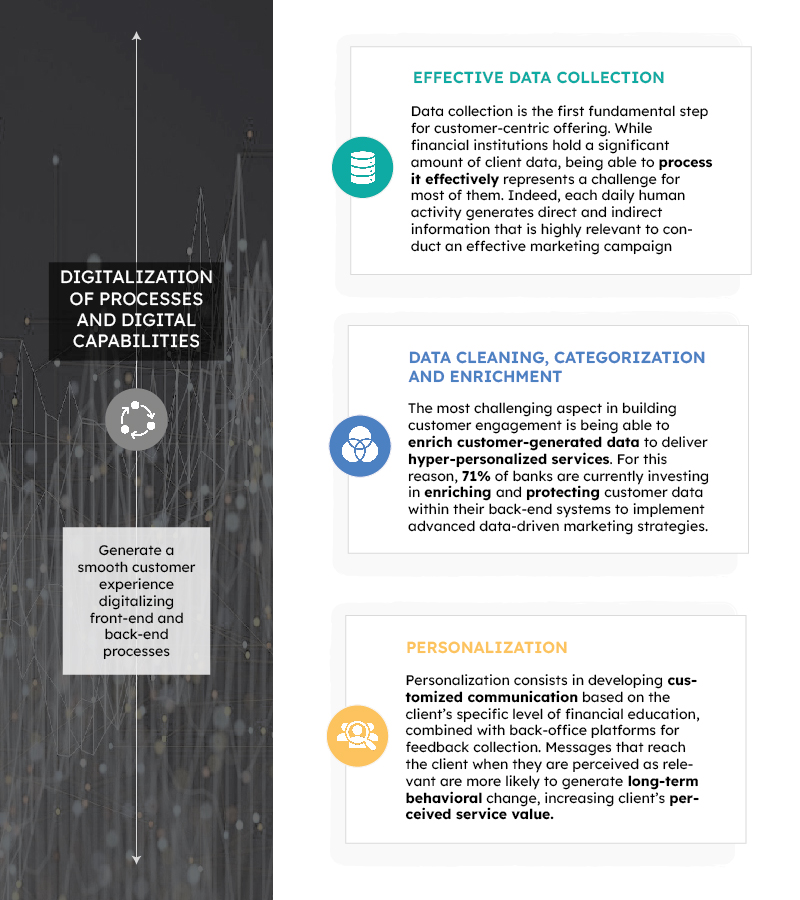
This is a sponsored post by Strands, Gold Sponsors of FinovateFall 2022.
Nowadays, personalization has become a must in all sectors that affect consumers’ daily lives. Companies such as Netflix and Amazon have already been able to create totally customized and customer-centric experiences thanks to advances in technology, data, and analytics. Digital Banking has also faced these expectations, demanding personalization for different user bases, needs, and underserved segments. With a focus on financial wellness, banks can generate cross-selling opportunities and create personalized journeys according to the interests of their customers.
Technology advancements have enabled companies to collect, analyze, and use data from a variety of sources, including internal and external channels, enabling banks to make better decisions, offers, and actions than ever before. Unfortunately, most banks still struggle to know their customers or to interact with them timely and relevantly – to provide the right offers at the right time to the right customers.

This is what customer centricity means, which is vastly different from product or brand centricity. When a financial institution has a deep understanding of its customers, it can provide solutions that are tailored to meet their specific needs, life stages, values, and interests beyond their typical sociodemographic information.
As part of this approach, extra data sources are tapped, such as third parties, in addition to what’s available within core banking as open banking data, surveys, social media, and other data sources consented by the customers, integrating machine learning, categorized transactional data, and other customer experience solutions that can enrich the available raw data.
How to derive and use such insights is now the question. In the first stage of data enrichment and analysis, core application data can be used to understand how the customer interacts with the bank, the recency, frequency, channels, etc. Through this information and analytical models, it is possible for financial institutions to predict proactively what the customer is likely to want or need in real time.
To learn more about personalization in the banking industry, download the full white paper Data Driven Personalization in Banking at Strands webpage.